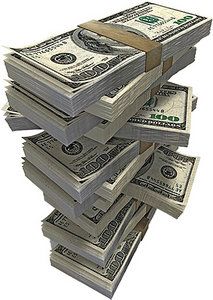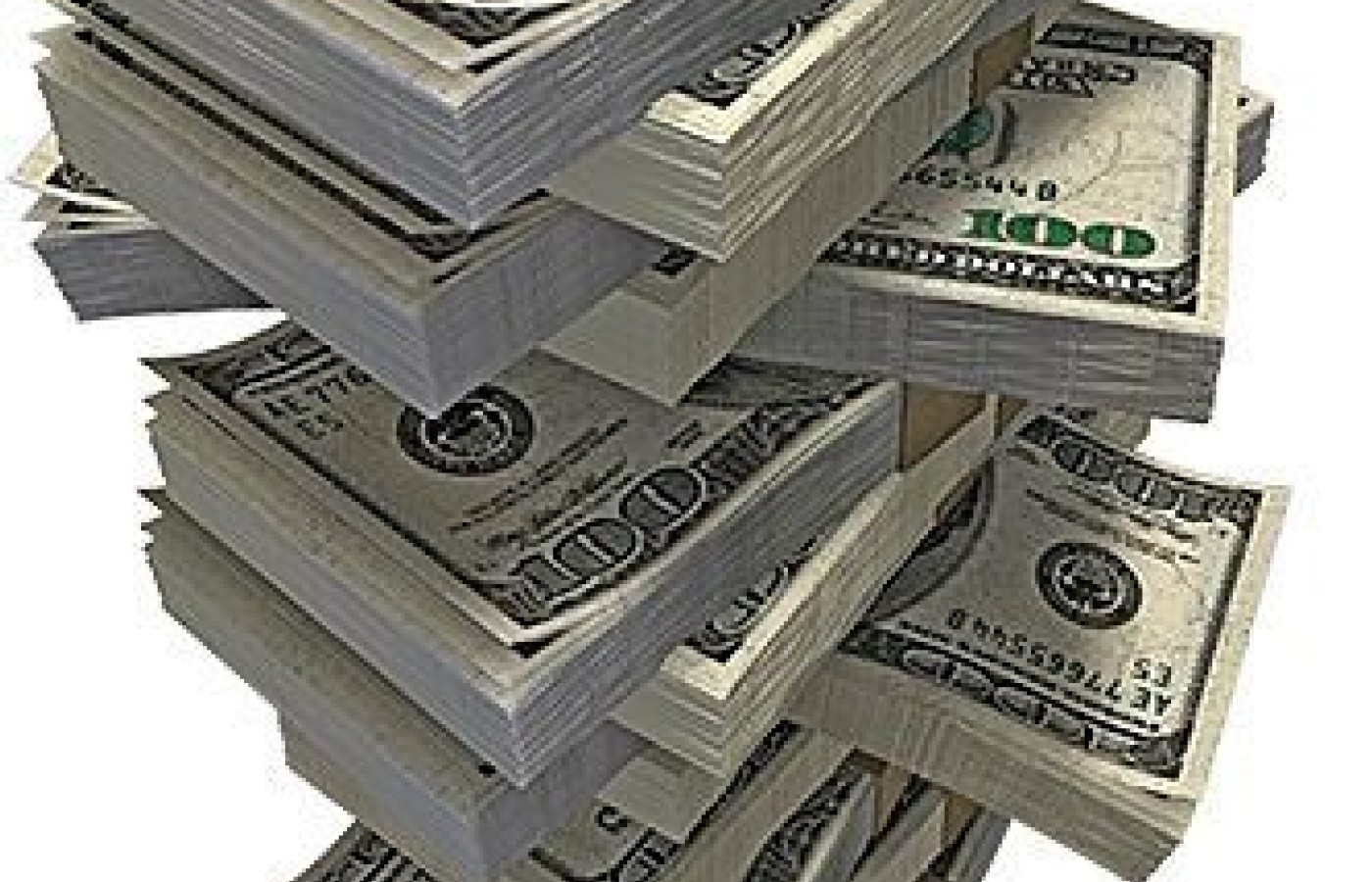Whether you accept it, avoid it or live somewhere in between, insurance coverage has become a defining issue for our profession. Patients increasingly expect to use their benefits, practitioners want to be compensated fairly for their time and expertise, and the system itself remains – at best – fragmented. The encouraging news is that coverage has expanded in meaningful ways. The challenging news is that reimbursement, across the board, remains inadequate.
Adding Microneedling to Your Clinic for Results and Profit
Microneedling has taken the beauty world by storm over the last 10 years. Under the names dermaroller, microneedling or skin needling you will see these treatments listed in the services of nearly every fashionable beauty salon and day spa in the country. Are acupuncturists missing a valuable market by not incorporating this service into their own clinics?
Microneedling is the insertion of very fine and short needles into the skin usually to either increase collagen production in the skin or to increase transdermal absorption of cosmetic or medical applications. This is usually achieved through the use of rollers or stamps with up to 200 micro needles attached. The micro needles usually range in length from 0.5mm to 1.5mm.
Microneedling has been studied extensively as an alternative means of drug delivery for the pharmaceutical industry and a rapid way of inducing collagen production in both scarring and simple anti-aging treatments. For this reason, there has been a large body of research into its effectiveness. Some of the more interesting findings are:
- An average 206% increase in collagen and up to 1,000% increase in collagen production after a single treatment.1
- A possible 140% increase in epidermal thickness.2
- Patients described an average 80% improvement in post burn scars with micro needling.3
- Some forms of microneedling can increase the absorption of some products through the skin by up to 10,000 times.4

It is hard then to argue with the potential effectiveness of microneedling, so lets now examine the potential for profits from these treatments.
Early adopters of microneedling were largely medical establishments with doctors and nurses performing the treatments in a sterile clinical environment. This was largely due to the long needle lengths being used (up to 3.0mm) and the particular marketing strategies of the early promoters.
This has begun to change dramatically in the last five years. At least one study has shown that even with very long needles, collagen induction only takes place to to a depth of 0.6mm in the skin.1 Another study has shown that a roller with 0.5mm needles is actually more effective than longer 1.5mm needles at increasing transdermal absorption.5 This and practitioner experience has lead to the use of shorter needles with very little blood being produced. Performing microneedling in this way requires a less strict sterile environment and little or no anaesthetic. This has allowed the treatments to be adopted wholeheartedly by the beauty industry.
Beauticians and aestheticians routinely charge between $200 to $250 per treatment for this service. The cost of performing the treatment are slightly higher than an acupuncture treatment. A good quality natural before and aftercare serum combined with a good quality roller may cost around $90, depending on the company who supplies you. As you can see, this still leads to very good profit margins when introduced to your clinic with relatively low stock costs compared to other cosmetic treatments.
Acupuncturists are a natural inheritor of the system of microneedling. Highly trained and specializing in needling techniques, acupuncturists should be able to more easily and effectively apply these techniques than most other practitioners. Acupuncturists must learn the techniques professionally, but they do not need to attend a separate certificate based training in most states as your profesional indemnity insurance will already cover you for this lower risk procedure.
In Your Clinic
Microneedling is now commonly used to assist scarring, particularly acne scarring as well as gynaecological scars, visible signs of aging, stretch marks, cellulite, and hair restoration. In addition, it can be used on a wide variety of areas of the body. The face is the most common, but it can also be used for signs of aging on the hands, décolletage, arms, breasts and lower body.
To start, you will need to decide which treatments you plan to incorporate into your menu of services. The most popular treatments in order are anti-aging facial treatments, scarring and then stretch marks so this is good place to start. You will need slightly different needle lengths. A 0.5mm for the face, 0.75 mm for light acne scars and a 1.5mm for deep stretch marks. You will then need a pretreatment and aftercare serum.
I strongly suggest you choose to work with a supplier of natural and preferably organic serums. It is what customers generally expect of an acupuncture clinic and gives you a competitive advantage and point of difference over most beauty clinics. If you can find products based on Traditional Chinese Medicine this works even better!
You can set up with as little as 3 rollers and the appropriate serums so you can be ready to go for as little as $250. When planning your marketing and presentation of these treatments, don't be at all shy of visiting your local cosmetic clinic and gathering ideas. If there is one thing good cosmetic clinics do very well it is marketing and it never hurts to learn from an expert. Looking at their prices will also help you determine exactly what to charge. Make sure your costs are competitive, but don't always try to undercut others. Many customers can see this as a sign of inferior products and possibly compromised sterility.
Once you are set up with your products and list of services, start marketing. If using the Internet, choose your keywords carefully and list based on geographic location, as this will allow you to rate better. Be careful not to use the word "dermaroller" in any of you titles as this is protected by a trademark across the U.S. but terms like microneedling and skin needling are very popular and will allow you to attract customers quickly if used correctly.
For very little time, money and importantly risk, acupuncturists can introduce a proven cosmetic treatment with the potential to widely increase your customer base and profits. It can be performed in a natural holistic way and fit synergistically into your current range for services.
References:
- Schwartz et al, 2006, internet paper. Abstract reflections about COLLAGEN-INDUCTION-THERAPY (CIT) A Hypothesis for the Mechanism of Action of Collagen Induction Therapy (CIT) using Micro-Needles; 1st edition February 2006. 2nd revision January 2007 Horst Liebl.
- Aust, M. C., Reimers, K., Kaplan, H. M., Stahl, F,. Repenning, C., Scheper, T., Jahn, S., Schwaiger, N., Ipaktchi, R., Redeker, J., Altintas, M. A. & Vogt, P. M. (2011). Percutaneous collagen inductioneregeneration in place of cicatrisation? Journal of Plastic, Reconstructive & Aesthetic Surgery. 64, 97-107.
- Aust, M. C., Knobloch, K., Reimers, K., Redeker, J., Ipaktchi, R., Altintas, M.A., Gohritz, A., Schwaiger, N. & Vogt, P. M. (2010). Percutaneous collagen induction therapy: an alternative treatment for burn scars. Burns. Sep 36(6), 836-43. Epub 2010 Jan 13.
- Henry, S. McAllister, D.V. Allen, M.G. Prausnitz, M.R. (1998). Microfabricated microneedles: a novel approach to transdermal drug delivery. J Pharm Sci. Aug87(8), 922-925.
- Badram, M. M., Kuntsche, J. & Fahr, A. (2009). Skin penetration enhancement by a microneedle device (Dermaroller®) in vitro: Dependency on needle size and applied formulation. European journal of pharmaceutical sciences. 3 6, 511–523.



